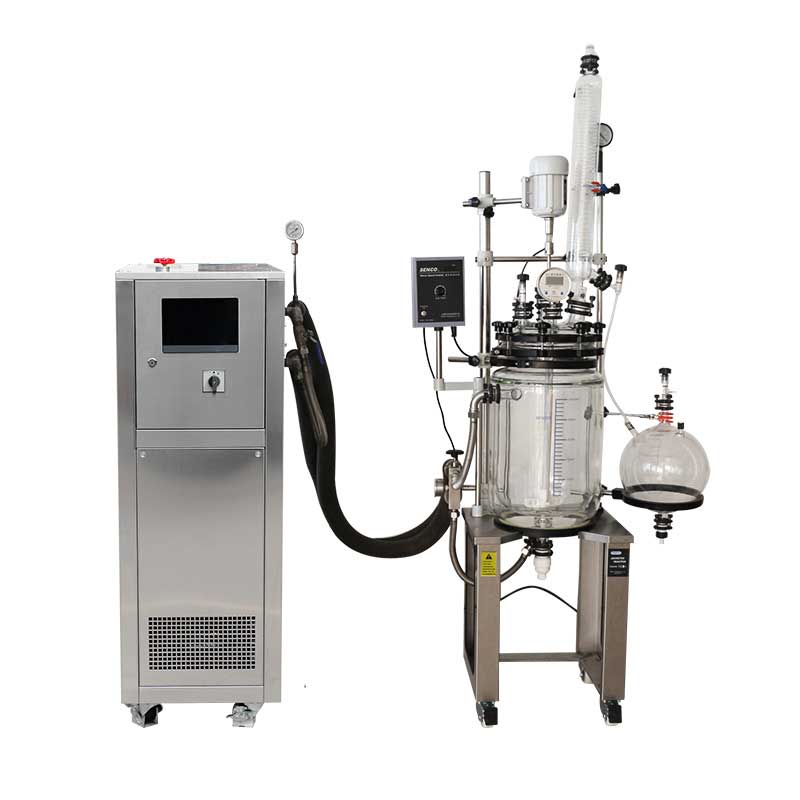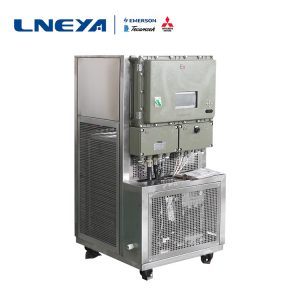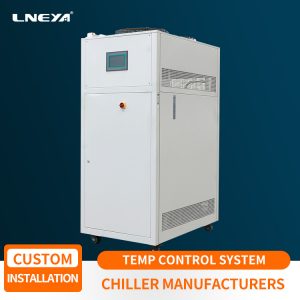What are the factors related to the selection of heating and refrigeration circulators?
Heating and refrigeration circulators are used in many laboratory projects. They are usually equipped with reactors and reactors for cooling, heating and temperature control. Then, what factors are related to the selection of heating and cooling integrated machines?

1, look at the configuration
The configuration parameters of different manufacturers of heating and refrigeration circulators are different. The display screen, control program, PID control function, protection function, instrumentation, compressor brand and other components are all different. As one of the main accessories, the performance of the compressor is closely related to the temperature control effect. The parameter configuration affects the model selection of the equipment. Users need to choose a suitable model according to their own working conditions and see whether the temperature range, temperature control accuracy, etc. are appropriate.
2, look at the craftsmanship
The production process of heating and refrigeration circulators from different manufacturers is different. The appearance of stainless steel material, heat insulation treatment, spray treatment, anti-corrosion function, appearance life, sealing ability, piping material, shell quality, etc. are all based on their own processes. For the user, the quality of the shell, the anti-corrosion function, and the heat insulation treatment are all related parts. After all, the quality is related to the overall operating condition of the equipment. Therefore, equipment produced by a good process is conducive to the operating effect of the heating and cooling integrated machine.
3, look at performance
The high and low temperature control effects of heating and refrigeration circulators of different manufacturers are different. Our LNEYA heating and refrigeration circulator adopts a fully enclosed pipeline design, which can reduce the demand for heat transfer fluid during operation, and can also increase the heat utilization rate of the system to achieve rapid temperature rise and fall. At present, continuous temperature control can be achieved without pressurization -80~190℃, -70~220℃, -88~170℃, -55~250℃, -30~300℃.
Different manufacturers have different quality. Users of this type of equipment need to choose the equipment that suits them according to their own working conditions.
Verwandte Empfehlungen
-
Application of uniform temperature control circulation equipment in distillation process
1752distillation cooling heating system application
Details anzeigen -
Influence of Freezing Oil on New Energy Vehicle Drive Motor Test System
1906The hazard of the refrigerating oil in the new energy vehicle drive motor test system increases the condensation temperature and the condensing pressure; the condenser heat transfer deteriorates. Because the oil film produced by the oil entering t...
Details anzeigen -
Temperaturkontrollsystem zur Kontrolle der Testtemperatur von integrierten Schaltungen
1604Fortschritte in der Halbleitertechnologie haben zur Entwicklung von elektronischen Geräten der nächsten Generation geführt, wie z. B. integrierten Schaltkreisen, die immer mehr aktive Komponenten, eine höhere Komplexität der Schaltkreise, eine kleinere Fläche und eine engere Verdrahtung aufweisen. Diese Attr...
Details anzeigen -
Fehlerbehebungsschritte bei industriellen Wasserkühlmaschinen in der chemischen Industrie
1478Nach Abschluss der Installation von industriellen Kaltwassersätzen in Chemieunternehmen müssen in der Anfangsphase des Betriebs bestimmte Fehlerbehebungen durchgeführt werden. Nur durch eine sorgfältige Fehlersuche können wir herausfinden, ob es versteckte Probleme in...
Details anzeigen
 LNEYA Industriekühler Hersteller Lieferant
LNEYA Industriekühler Hersteller Lieferant













